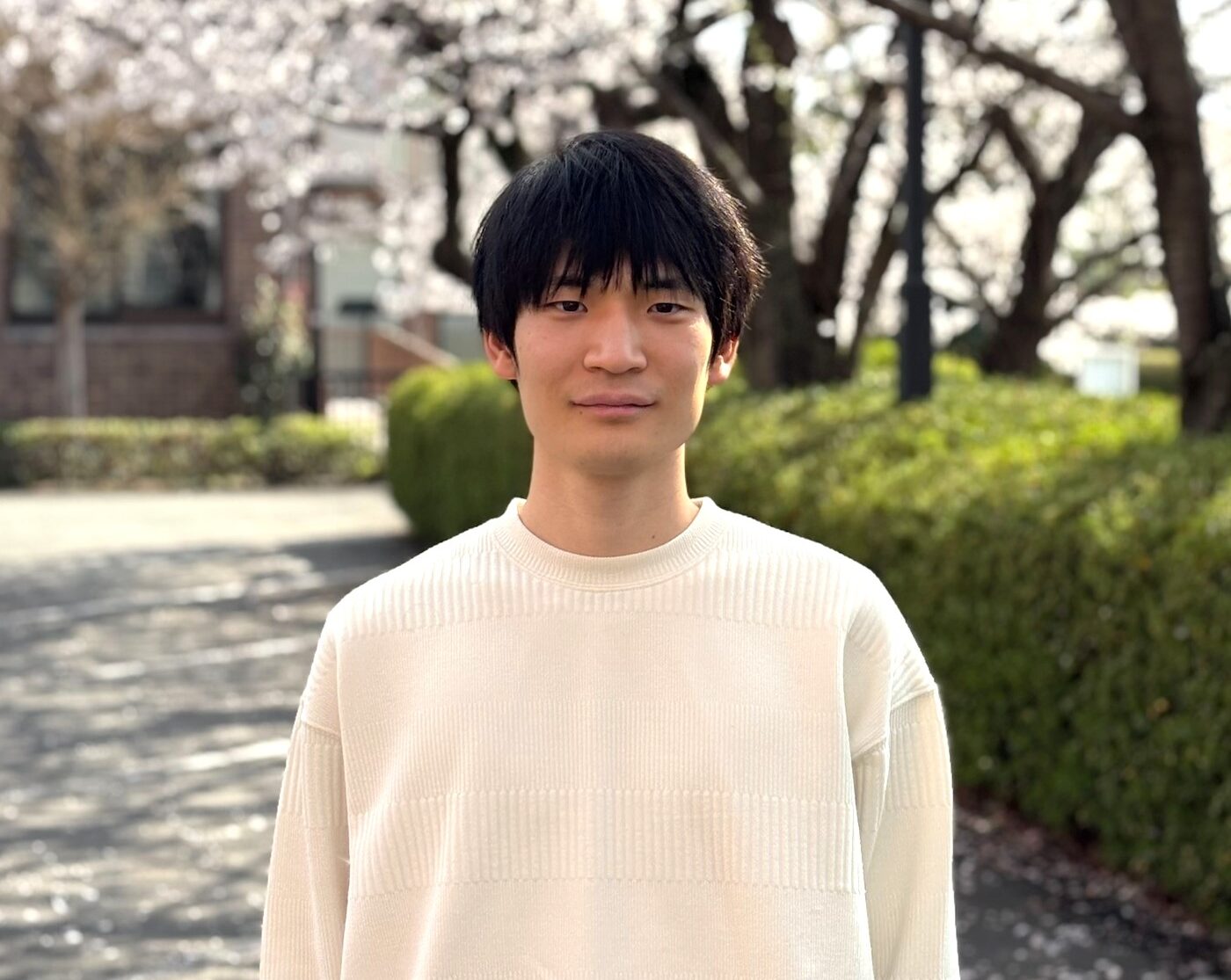
Utilizing enzymes, it can be used by anyone, anywhere
CO2Development and implementation of resource recycling technology
Project Content
Social issues to be addressed
The most important issue concerning the survival of humanity is "CO2Since the Industrial Revolution, the amount of CO in the atmosphere has2The concentration continues to increase, and if this continues, temperatures will rise by 100°C in the next 20 years.°CThere are also predictions that it will rise.2050By year, CO2Carbon neutrality, which essentially reduces emissions to zero, and carbon negative, which looks beyond that(*1)We hope to realize a society where people can live comfortably.
Currently, CO2Technology for the collection, utilization and storage ofCCUSHowever, existing CO2Many of the technologies used are CO2To turn CO into a resource, high temperature and pressure reaction conditions are required, consuming a large amount of energy.2A major challenge is to secure large amounts of energy sources that do not emit CO.2The technology to store CO underground is2The environmental risks associated with storage have not been completely eliminated, and some question its fundamental solution.
We are an existingCCUSWe are taking a unique approach to address the challenges of high temperature and pressure and energy consumption that the technology faces.
(*1) CO2of CO2 emitted by economic activities2This refers to a state in which CO emissions exceed those of2This is an even stronger initiative than "carbon neutrality," which aims to achieve virtually zero carbon emissions.
Approach
Sustainable CO from the perspective of material circulation2Developing resource recycling technology to reduce CO2Specifically, by combining a special enzyme that conducts electricity with a gas diffusion electrode, CO2 in the air can be reduced in a room temperature, normal pressure, and neutral environment.2We are developing a technology that uses the power of electricity to convert carbon dioxide into other substances. This technology has the great advantage of being "usable by anyone, anywhere," and we aim to spread it widely as a safe and familiar decarbonization solution.
This technology2By converting this into a bioresource, CO2 generated in daily life, such as methane fermentation, brewing, and human breathing, can be reduced.2These CO2The annual amount of emissions in Japan is5,00010,000 tons(*2)This is the amount of CO that needs to be captured in 2050.2This is about a quarter of the amount.
Powered by renewable enzymes and sustainable energy, the technology is CO2It can be combined with bio-manufacturing to create new products from CO.2By consistently managing the entire process from resource recovery to commercialization, we will bring about social change toward true carbon neutrality.
(*2)Source: ①Ministry of Economy, Trade and Industry (2021) Green Growth Strategy for Carbon Neutrality by 2050,②NEDO (2020) “CO2Overview of separation and recovery technology
What we will do in this project
- low concentration CO2Development of recovery electrodes
- Gas phase CO2Consideration of commercialization of bioelectrochemical resource utilization
- Building the foundations for a sustainable society beyond 2050
Project Representative

Kyoto University Graduate School of Agriculture
Applied Life Sciences
Assistant professor
Song Hwa Yongsheng (Sowa Keisei)
Learn more
Japan Research Institute, Ltd.
Center for Emergent Strategies
Incubation Producer
Kenji Noda (Noda Kenji)
Learn moreProject Members
-

Kyoto University Graduate School of Agriculture
Applied Life Sciences
Specified researcherHao-liang Cai (Saigon)
Learn more -

Kyoto University Graduate School of Agriculture
Applied Life Sciences
Specified researcherDaiyoshi Adachi (Adachi Taiki)
Learn more -

Kyoto University Innovation Capital Co., Ltd.
Visiting EntrepreneurRyo Matsumoto (Ryo Matsumoto)
Learn more -

Nagoya University, Tokai National Higher Education and Research System
Future Society Creation Organization
Specially Appointed LecturerAyumi Tanimura (Ayumi Tanimura)
Learn more -

Japan Research Institute, Ltd.
Center for Emergent Strategies
Senior ConsultantAtsushi Fukuyama (Atsushi Fukuyama)
Learn more
Utilizing the power of enzymes, CO2By turning this into a resource, we aim to create a sustainable, decarbonized society that can be used by anyone, anywhere.